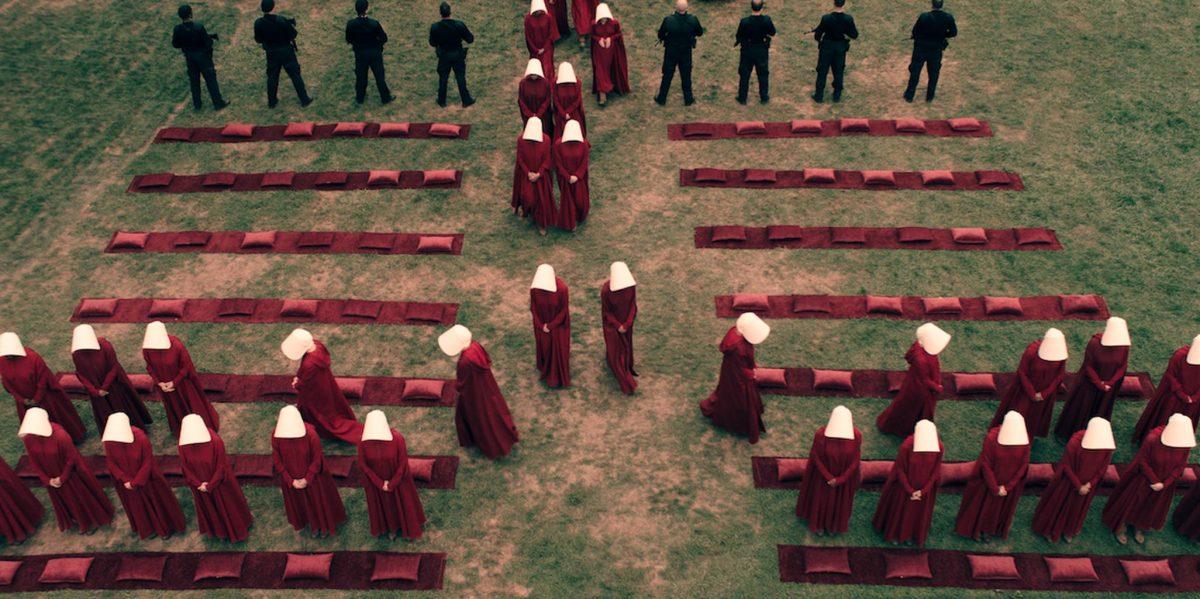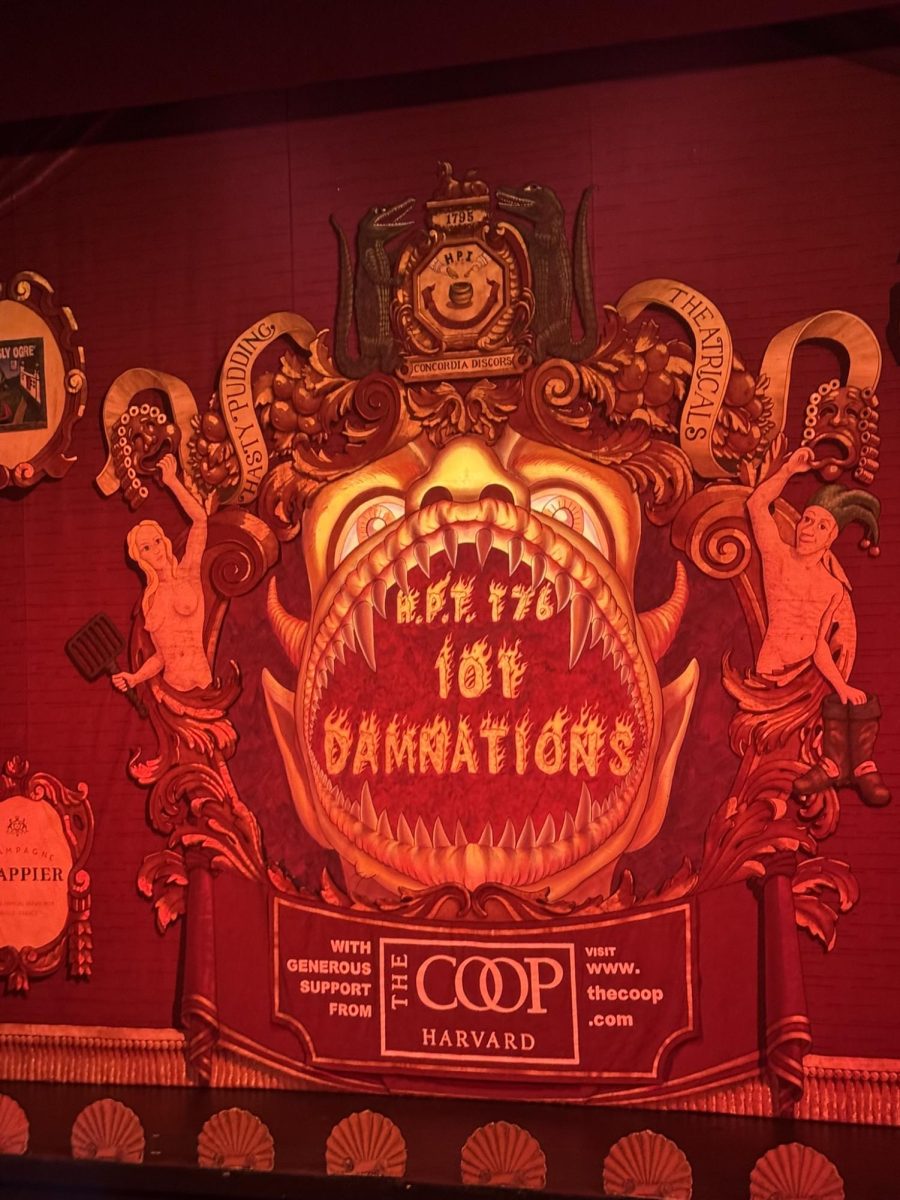Margaret Atwood’s iconic novel “The Handmaid’s Tale” has been a staple of feminist literature since its 1985 publication. It depicts straight, white men dominating Gilead, a dystopia where women are trapped into a limited number of roles as subservient wives, reproductive slaves or domestic servants. The protagonist, Offred, is considered the property of a man named “Fred,” narrates a life fraught with the horrors of imprisonment, ritualized rape and forced reproduction. In Hulu’s television adaptation of the novel, we watch as she struggles to survive as a captive while holding onto memories of her happier life before the rise of the dystopia.
The television show has inspired rave reviews across the board, and understandably so. The actors’ performances are extraordinary. Elisabeth Moss does subtle and harrowing work as Offred. Though Offred is forced to maintain a placid demeanor during her imprisonment, Moss shows glimmers of Offred’s interior life with hints of smiles, narrowed eyes and tensed muscles. Samira Wiley, best known for her work as Poussey Washington on the popular Netflix drama “Orange is the New Black,” also turns in a great performance as Offred’s former friend turned fellow slave. The writing, which wisely hews closely to Atwood’s groundbreaking novel, does a painfully convincing job of building the dystopic setting. The bright red robes and white bonnets that the Handmaids are forced to don create striking, powerful visuals, making even the cinematography style unforgettable. Nonetheless, the way in which the show tackles issues like oppression, feminism, authoritarianism and other highly topical issues has generated the most buzz.
A great deal of coverage has been devoted to the remarkable timeliness of the story. The recent assaults on civil rights have made the possibility of an authoritarian dystopia feel uncomfortably close to home. While the Trump administration’s attacks on marginalized groups add an extra sense of urgency to the show, the story has been eerily relevant since the original novel was first written in the 1980’s. Margaret Atwood has repeatedly insisted that nothing that happens in the novel does not also happen elsewhere in reality. Forced marriages, sexual violence, homophobia, mutilation — these are perils that marginalized groups have faced throughout history.
In short, it’s the sort of story reviewers like to call “necessary” and “vital” and “important.” It inspires headlines like “Everyone should be watching this!” and “This should be mandatory viewing!”
It’s also absolutely exhausting.
While I was watching, I couldn’t help but wonder why I was doing so. Yes, it was brilliantly written, and yes, it was gorgeously performed, but there are many brilliant and gorgeous shows on television that do not make my stomach churn. One only has to turn on the news these days to see terrifying acts of discrimination against women, LGBTQ+ people and other marginalized groups. Narratives of oppression are impossible to avoid. Is this really a story to which I want to devote my free time? In a world inundated with violence against marginalized groups, why is it “necessary” and “vital” and “important” to also watch it take place as heightened, fictionalized entertainment? Someone who requires a television show to inform them that oppression is a present peril has not been paying attention.
However, I do believe that stories like “The Handmaid’s Tale” have value. To me, their value lies not in their ability to warn us of threats, but in their capacity to inspire us to defy them. We do not need reminders of the dangers of the world. We see them every day. But “The Handmaid’s Tale” is not a story of relentless, unrelieved bleakness. Characters find ways, both small and large, to resist. They fire off witty insults at their oppressors, if only in their internal monologues. They find opportunities, in the midst of horror, to console and support each other. They fight when they can and survive when they can’t. It is from these moments that we can draw comfort and motivation.
Watching “The Handmaid’s Tale” can be a distressing experience. Witnessing the never-ending cycle of trauma and indignities inflicted upon the characters may feel depressingly familiar. But when the credits rolled, I didn’t just feel saddened, I also felt inspired — to keep fighting against oppression, as the characters did, to make sure what I had just watched would never come to pass. What could be more “necessary” than that?





